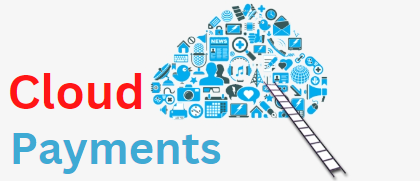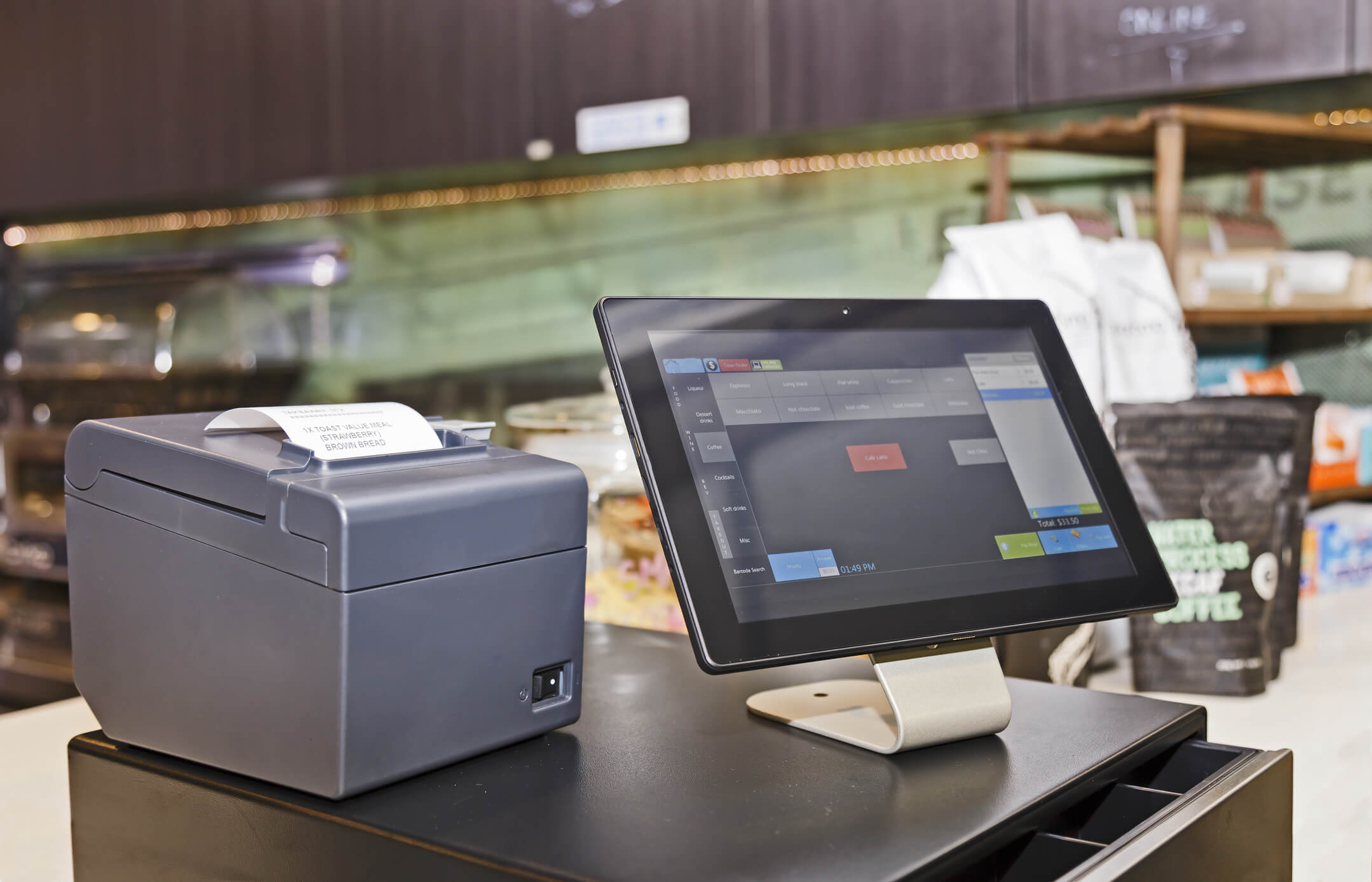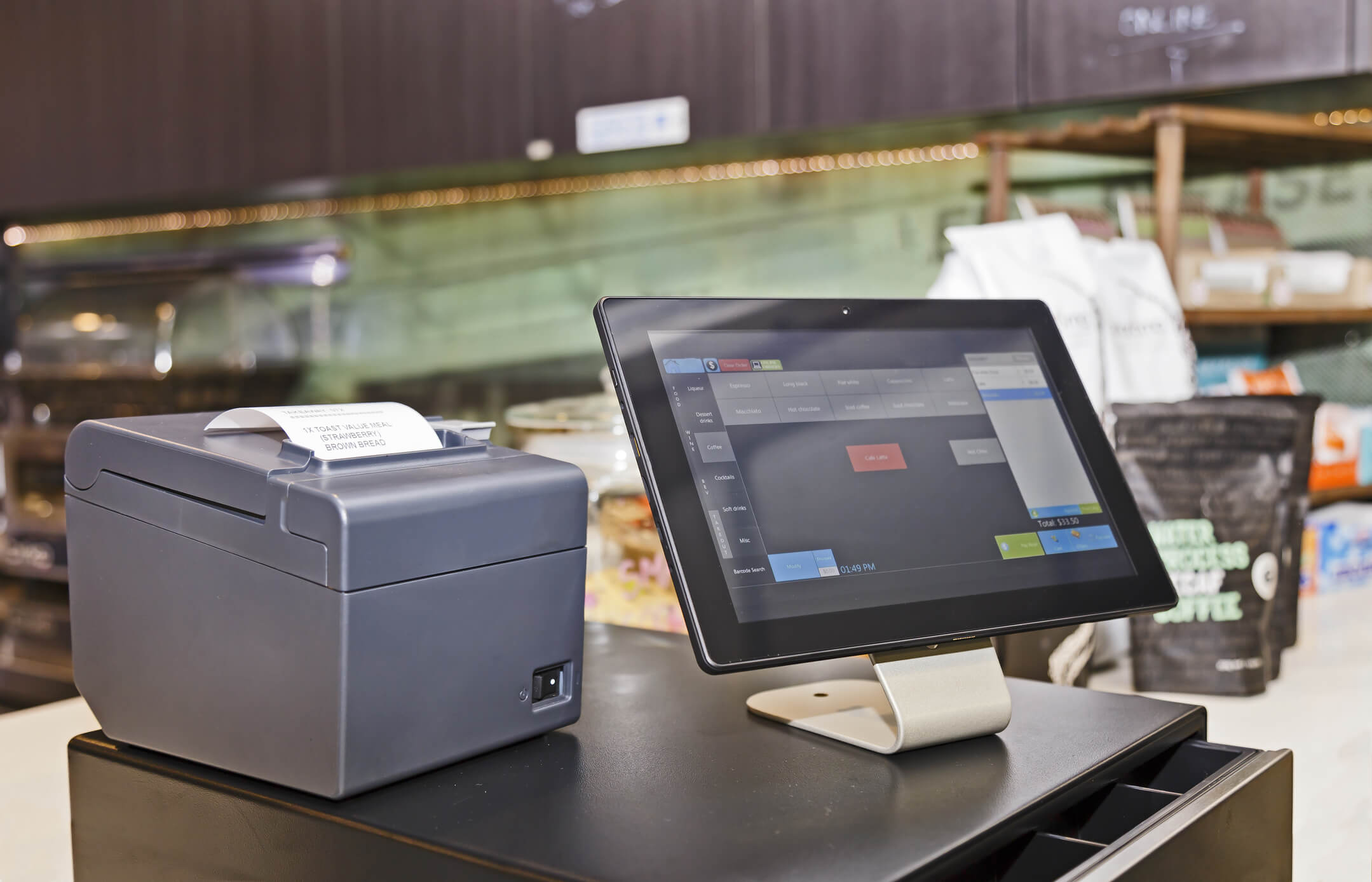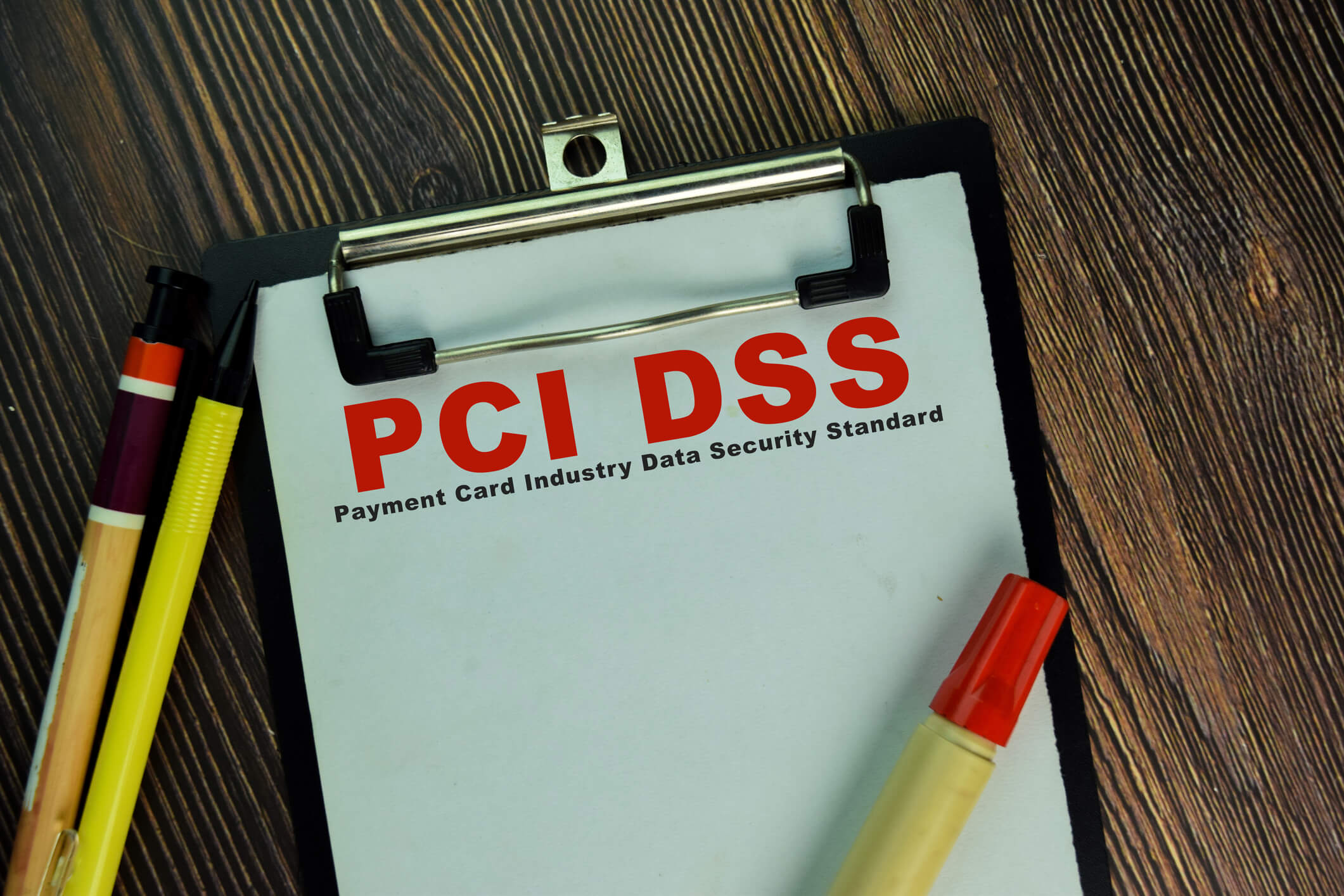The Role of Cloud Technology in Optimizing Interchange Rates
Interchange rates play a crucial role in the world of payment processing. These rates are the fees that merchants pay to card issuers and payment networks for each transaction. They are determined by various factors, including the type of card used, the transaction amount, and the industry in which the merchant operates. Understanding and optimizing interchange rates is essential for businesses to maximize their profitability and minimize costs.
Interchange rates are set by card networks such as Visa, Mastercard, and American Express. These rates are non-negotiable and apply to all merchants who accept card payments. They are typically expressed as a percentage of the transaction amount, plus a fixed fee. For example, a typical interchange rate might be 2% + $0.10 per transaction.
The importance of interchange rates lies in their impact on a merchant’s bottom line. Higher interchange rates mean higher costs for merchants, reducing their profit margins. Conversely, lower interchange rates can lead to increased profitability. Therefore, understanding and optimizing interchange rates is crucial for businesses to remain competitive in the payment processing landscape.
Understanding Cloud Technology and its Impact on Interchange Rates
Cloud technology has revolutionized various industries, and payment processing is no exception. The cloud refers to a network of remote servers that store, manage, and process data over the internet, rather than on a local server or personal computer. Cloud technology offers numerous benefits, including scalability, cost-effectiveness, and enhanced security.
In the context of interchange rates, cloud technology has a significant impact. By leveraging cloud-based payment processing solutions, businesses can optimize their interchange rates and reduce costs. Cloud technology enables real-time data analysis, streamlined payment processing, and enhanced security measures, all of which contribute to optimizing interchange rates.
Benefits of Cloud Technology in Optimizing Interchange Rates
- Scalability: Cloud technology allows businesses to scale their payment processing capabilities as their needs evolve. Whether a business experiences a sudden surge in transaction volume or plans to expand into new markets, cloud-based solutions can easily accommodate these changes without the need for significant infrastructure investments.
- Cost-effectiveness: Cloud-based payment processing solutions eliminate the need for businesses to invest in expensive hardware and software. Instead, they can pay for the services they use on a subscription or pay-as-you-go basis. This pay-per-use model reduces upfront costs and allows businesses to allocate their resources more efficiently.
- Enhanced security: Cloud technology offers robust security measures to protect sensitive payment data. Cloud service providers employ advanced encryption techniques, firewalls, and intrusion detection systems to safeguard data from unauthorized access. Additionally, cloud-based solutions often undergo regular security audits and compliance certifications to ensure the highest level of data protection.
- Real-time data analysis: Cloud technology enables businesses to analyze payment data in real-time, providing valuable insights into customer behavior, transaction patterns, and fraud detection. By leveraging this data, businesses can make informed decisions to optimize their interchange rates and improve overall payment processing efficiency.
- Streamlined payment processing: Cloud-based payment processing solutions offer seamless integration with various payment gateways, allowing businesses to accept multiple payment methods and currencies. This streamlined payment processing enhances the customer experience and reduces the risk of transaction errors or delays.
How Cloud Technology Enhances Payment Security and Fraud Prevention
Payment security and fraud prevention are critical concerns for businesses in the payment processing industry. Cloud technology offers several features and capabilities that enhance security and mitigate the risk of fraud.
- Advanced encryption: Cloud service providers employ advanced encryption techniques to protect sensitive payment data. Encryption ensures that data transmitted between the merchant, the customer, and the payment processor remains secure and cannot be intercepted or tampered with.
- Tokenization: Cloud-based payment processing solutions often utilize tokenization, a process that replaces sensitive payment data with unique tokens. These tokens are meaningless to hackers and cannot be used to initiate fraudulent transactions. Tokenization adds an extra layer of security to the payment process, reducing the risk of data breaches.
- Fraud detection algorithms: Cloud-based solutions can leverage machine learning algorithms to detect and prevent fraudulent transactions in real-time. These algorithms analyze various data points, including transaction history, customer behavior, and geolocation, to identify suspicious patterns and flag potentially fraudulent activity.
- Two-factor authentication: Cloud-based payment processing solutions often support two-factor authentication, adding an extra layer of security to the payment process. Two-factor authentication requires users to provide two forms of identification, such as a password and a unique code sent to their mobile device, to verify their identity and authorize a transaction.
Leveraging Cloud Technology for Real-Time Data Analysis and Decision Making
One of the key advantages of cloud technology in optimizing interchange rates is its ability to provide real-time data analysis. By leveraging cloud-based payment processing solutions, businesses can access and analyze payment data in real-time, enabling them to make informed decisions to optimize their interchange rates.
Real-time data analysis allows businesses to identify trends, patterns, and anomalies in payment data. For example, businesses can analyze transaction volumes, average transaction amounts, and customer behavior to identify opportunities for cost savings and revenue growth. By understanding these patterns, businesses can adjust their pricing strategies, target specific customer segments, and optimize their interchange rates accordingly.
Cloud-based payment processing solutions often provide businesses with customizable dashboards and reporting tools. These tools allow businesses to visualize and analyze payment data in a user-friendly manner, making it easier to identify key insights and trends. With real-time data analysis, businesses can make data-driven decisions to optimize their interchange rates and improve overall payment processing efficiency.
Streamlining Payment Processing with Cloud-Based Solutions
Cloud-based payment processing solutions offer numerous features and capabilities that streamline the payment process, leading to improved efficiency and cost savings. Here are some ways in which cloud technology streamlines payment processing:
- Integration with multiple payment gateways: Cloud-based solutions can seamlessly integrate with multiple payment gateways, allowing businesses to accept various payment methods and currencies. This integration eliminates the need for businesses to manage multiple payment gateways separately, reducing complexity and streamlining the payment process.
- Automated reconciliation: Cloud-based payment processing solutions often offer automated reconciliation features. These features match payment data with corresponding transactions, ensuring accuracy and reducing the risk of errors. Automated reconciliation saves businesses time and resources by eliminating the need for manual reconciliation processes.
- Mobile payment capabilities: Cloud-based solutions often support mobile payment capabilities, allowing businesses to accept payments through mobile devices. This flexibility enables businesses to accept payments on the go, whether at a physical store, a pop-up shop, or a customer’s location. Mobile payment capabilities enhance the customer experience and increase sales opportunities.
- Subscription and recurring billing: Cloud-based payment processing solutions often support subscription and recurring billing models. These models enable businesses to automate the billing process for recurring services or products, reducing administrative overhead and ensuring timely payments. Subscription and recurring billing features streamline the payment process and improve cash flow management.
Common Challenges and Solutions in Adopting Cloud Technology for Interchange Rates
While cloud technology offers numerous benefits for optimizing interchange rates, businesses may face challenges during the adoption process. Here are some common challenges and their solutions:
- Data migration: Migrating payment data from legacy systems to the cloud can be a complex process. To overcome this challenge, businesses should work closely with their cloud service provider to develop a comprehensive data migration plan. This plan should include data cleansing, validation, and testing to ensure a smooth transition.
- Integration with existing systems: Integrating cloud-based payment processing solutions with existing systems, such as ERP or CRM systems, can be challenging. To address this challenge, businesses should choose a cloud service provider that offers robust integration capabilities and provides support throughout the integration process.
- Security concerns: Security is a top concern when adopting cloud technology. To mitigate security risks, businesses should choose a reputable cloud service provider that offers advanced security features, such as encryption, tokenization, and regular security audits. Additionally, businesses should implement strict access controls and employee training programs to ensure data security.
- Compliance requirements: Depending on the industry and geographical location, businesses may need to comply with various regulatory requirements when adopting cloud technology. To address compliance challenges, businesses should choose a cloud service provider that offers compliance certifications and regularly updates its security and privacy policies to align with industry standards.
Frequently Asked Questions (FAQs)
Q.1: What are interchange rates?
Interchange rates are the fees that merchants pay to card issuers and payment networks for each transaction. These rates are determined by various factors, including the type of card used, the transaction amount, and the industry in which the merchant operates.
Q.2: How do interchange rates impact businesses?
Interchange rates impact a business’s profitability by increasing costs. Higher interchange rates mean higher costs for merchants, reducing their profit margins. Conversely, lower interchange rates can lead to increased profitability.
Q.3: How does cloud technology optimize interchange rates?
Cloud technology optimizes interchange rates by offering scalability, cost-effectiveness, enhanced security, real-time data analysis, and streamlined payment processing capabilities.
Q.4: How does cloud technology enhance payment security and fraud prevention?
Cloud technology enhances payment security and fraud prevention through advanced encryption, tokenization, fraud detection algorithms, and two-factor authentication.
Q.5: What are the benefits of real-time data analysis in optimizing interchange rates?
Real-time data analysis allows businesses to identify trends, patterns, and anomalies in payment data. By understanding these patterns, businesses can adjust their pricing strategies, target specific customer segments, and optimize their interchange rates accordingly.
Conclusion
Cloud technology plays a vital role in optimizing interchange rates and improving payment processing efficiency. By leveraging cloud-based solutions, businesses can achieve scalability, cost-effectiveness, enhanced security, real-time data analysis, and streamlined payment processing capabilities. These benefits enable businesses to make informed decisions, reduce costs, and improve profitability.
However, businesses should be aware of the challenges associated with adopting cloud technology and work closely with their cloud service provider to overcome these challenges. With the right approach, businesses can successfully implement cloud technology and optimize their interchange rates, gaining a competitive edge in the payment processing landscape.










